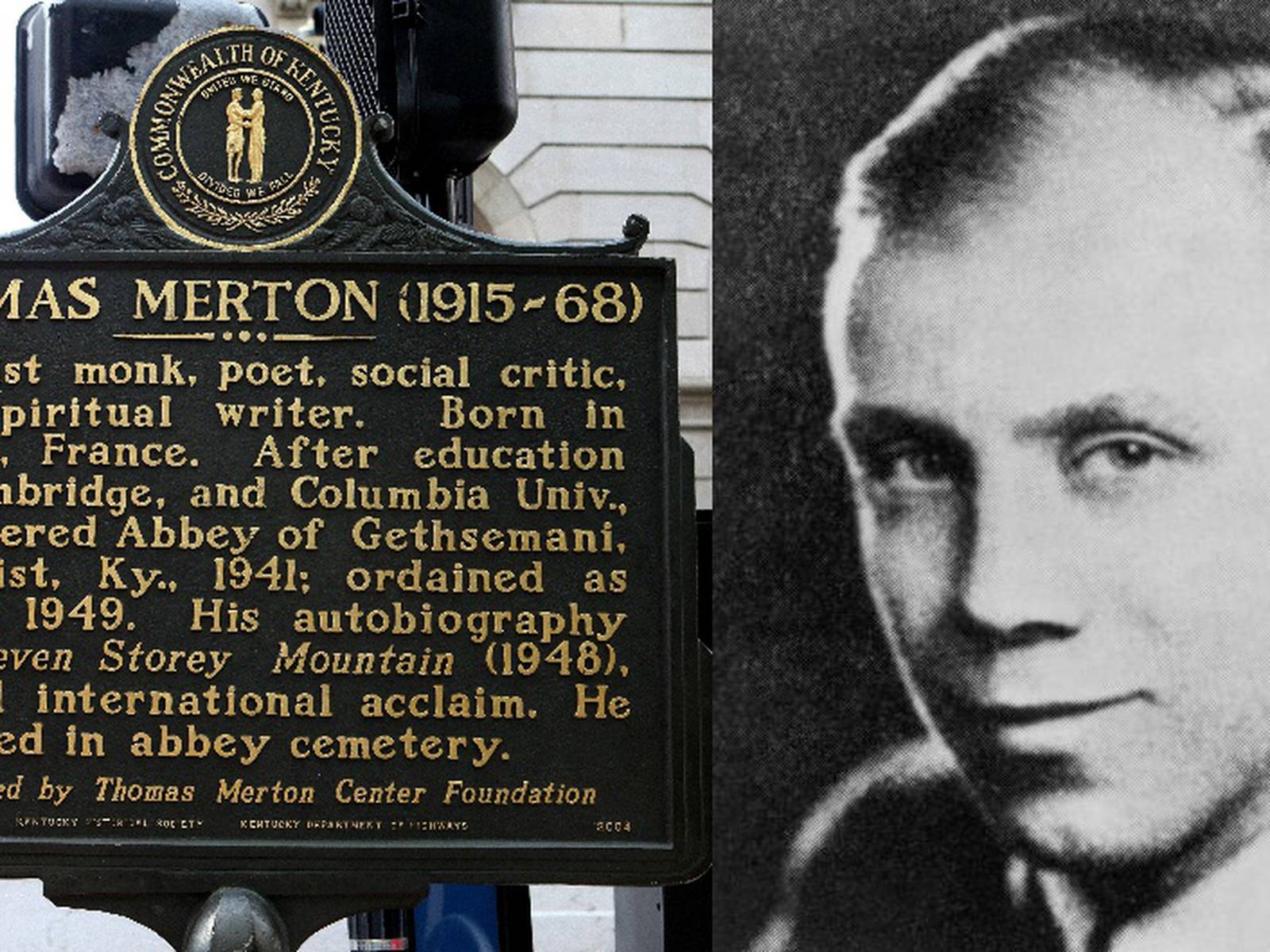
Famous Black Like Me author John Howard Griffin, who was recruited under CIA’s Operation Mockingbird, appears to have played an important role in the cover-up
For five decades, the circumstances of the sudden death of the famed anti-Vietnam War monk Thomas Merton have remained cloaked in the confusion of assorted stories having very little commonality, except for the most basic facts of date and place.
The date—December 10, 1968—and place—in a cottage located at a Red Cross conference center near Bangkok, Thailand—are about the only undisputed points of yet another death of a hero in that very violent year. Even the time of death, approximately 2:00 p.m. local time, was disputed by the police report, a fake witness statement and biographer Michael Mott—all stating the time was one hour later.
Everything else about the circumstances of Merton’s death depends upon the version told by those who had any familiarity with it, a result of the absence of an autopsy and the rapidity of how his body was removed by the U.S. Army, embalmed, and flown back to the United States on a military aircraft also transporting other casualties of the Vietnam War being fought nearby. The presence of Father Louis (as Merton was known in the monastery) on that plane, among the bodies of soldiers, sailors and Marines killed in a war which he had long opposed, added even more irony to the mystery surrounding his death.
Authors Hugh Turley and David Martin, in their 2018 book, The Martyrdom of Thomas Merton, have effectively deconstructed nearly all of the assertions of Brother Patrick Hart (Merton’s secretary at the Kentucky abbey regarding the scene he described).
Not only was there no evidence that Merton had taken a shower, or collapsed into a disheveled pile onto the floor, a large cut and contusion on the back of his head was not noted at all, and photographs taken immediately after his death—which had been kept virtually hidden for 49 years—show that his body was lying perfectly straight, with his arms lying beside his body, just as it might be placed into a coffin.
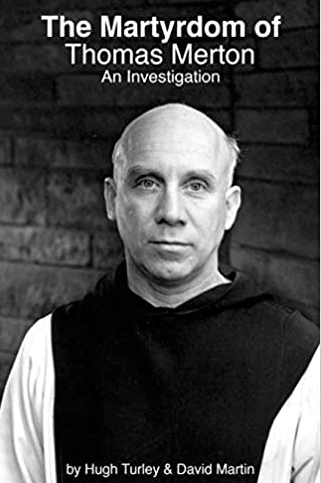
Furthermore, their own intensive investigation into the matter—it soon becomes clear that indeed, it was the only such honest and thorough examination ever done, even though limited to the few remaining artifacts—led them to make the following series of assertions [p. 267]:
- The best evidence indicates beyond any serious doubt that Merton was murdered.
- The story that a fan killed Merton is so preposterous that a series of fantastic stories have had to be invented to make it believable.
- We can point a finger at the most likely suspect in Merton’s murder cover-up, Brother Patrick Hart notwithstanding, and that is the CIA. The CIA had the motive, and they had the means. When Penn Jones and others would make a connection between Merton’s death and that of the Kennedy brothers and Martin Luther King they were not just blowing smoke. All four of those people were obstacles to the CIA’s war ambitions in Southeast Asia, a war that was raging right next door to the scene of Merton’s death.
Only a full reading of the book, as Turley and Martin untangle the points noted above and many more fragmented pieces of a puzzle purposefully muddled from the start, will lead to a full understanding of how thoroughly his death had been mishandled.
That undeniable fact is yet another marker for how the assassinations of John and Robert Kennedy, Martin Luther King, Jr., and Thomas Merton are inexorably linked: In every case, their murders and the cover-ups were characterized with replicated patterns of deceit, including fabricated or missing evidence, fundamental inconsistencies in witness testimonies, faked documents and even—in Merton’s case—a Thai police report that is undated and unsigned.
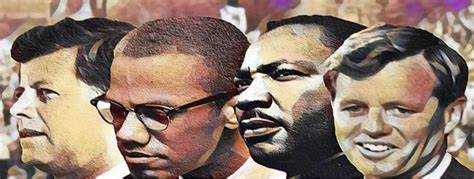
As the authors also point out, among the strongest evidence that Merton’s death was a CIA hit was the failure of the American news media to perform their constitutional function of ferreting out what should be obvious cases of governmental misconduct. The mainstream media have conformed to the stories set forth by John Howard Griffin and the journalist John Moffitt in his book about the conference, A New Charter for Monasticism, and the “official” biography, The Seven Mountains of Thomas Merton, by Michael Mott.
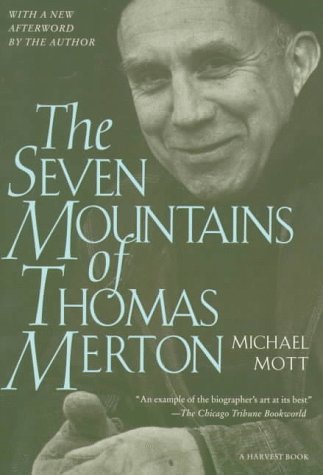
In all cases, they called the death an accidental electrocution, caused by a faulty fan. In their first book, authors Turley and Martin categorically rejected that and provided detailed explanations for why they view it as impossible, which for our purposes will be summarized without going into the detail uniquely provided by their book.
For inexplicable, but perhaps understandable, reasons, the leadership of Merton’s home base, The Abbey of Gethsemani, in Trappist, Kentucky, picked the famed Texas journalist John Howard Griffin to write Merton’s biography. (As it will become clear shortly, the authors’ new book, reviewed below, completes the circle, proving beyond reasonable doubt that it was indeed the result of the deeds of a malicious and murderous abbot, in charge of the monastery at which Thomas Merton spent his hermitage.)
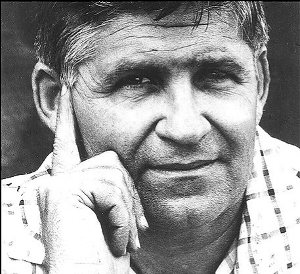
Both Griffin and his old boyhood friend Penn Jones had worked in military intelligence during World War II. In the 1960s Jones became a journalist and newspaper publisher in his small town of Midlothian, Texas, and became a first-generation leader of JFK researchers. Certain other long-time researchers have questioned whether he might have continued to have close contact with military intelligence personnel as an “undercover and confidential informer.”
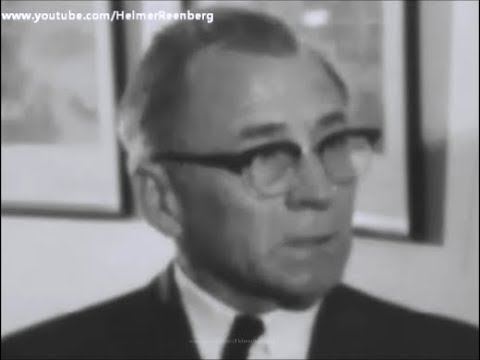
In Griffin’s case, the fact that he had attained fame as a popular author automatically made him a target for recruitment by the CIA for its Operation Mockingbird; that program, beginning in the early 1950s, had successfully put hundreds of syndicated columnists, news reporters, radio and television broadcasters and popular authors within its orbit (including many authors who may have started in non-fiction but quickly converted to the fictional genre after being recruited—William Bradford Huie is exhibit “A” in that category, as demonstrated here, here and here).

Evidently, desperate to bring finality to an official, albeit false, narrative of Merton’s death being a freak accident by electrocution, caused by a Hitachi fan that had suddenly become mis-wired, Griffin called on his old friend, newspaperman Penn Jones to come to Thailand to investigate the incident and pronounce his findings.
That sudden trip, in and of itself, is most curious, considering that Jones was not a wealthy man and most reports indicated that he ran his weekly newspaper on a very small budget. Why he would suddenly decide to fly off to the Philippines and Thailand and then agree with Griffin’s decision that the death was merely a “freak accident”—but not bother to report that formally, or even write a column about it in his newspaper or, evidently, anywhere else, simply adds more to the mystery.
That enigma over-wraps even more riddles when one considers that Penn Jones was closely connected to numerous people who did not share his purported views on the subject of JFK’s assassination being the product of a highly placed conspiracy. The obvious counterpoint to that, however, might be that—especially in that time and place—he might not have had many other friendship choices if he had limited them to people having similar opinions to his own.
Using Jones’s contemporary reputation as a harsh critic of the Warren Commission’s findings of “no conspiracy” in the JFK assassination, Griffin’s apparent presumption was that Jones’s finding that Merton’s death was accidental would help finalize the “verdict” of accidental death.
____________________________
Hugh Turley’s and David Martin’s latest book, Thomas Merton’s Betrayers—The Case Against Abbot James Fox and Author John Howard Griffin, is a “sequel”—but in this rare case, one that is even better than their original, the 2018 book, The Martyrdom of Thomas Merton. That classic book turns out to be merely a prelude for the new book, which is a much deeper dive into the reasons behind “why” a decision was made by men—purportedly the leadership of monks within the monastery (James Fox)—to kill their own spiritual “messenger.”

Tracing their ties to men closely connected to the CIA (either operatives and/or agents whose resources were actively participating, probably even having been the original solicitors as I have previously argued in my review of their first book here), the authors have reviewed and summarized in considerable detail the chronological and organic trail of how both Abbot James Fox and author John Howard Griffin were directing a covert operation to accomplish their mutual objectives.
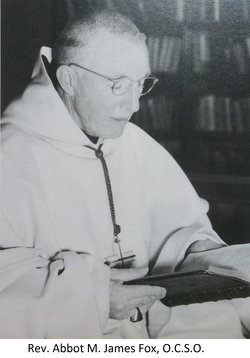
Their two primary goals were:
- To permanently monetize their key asset, Thomas Merton (known to them as Father Louis) the talented scribe, while he was at the top of his game, obviating the risk that he might ever lose patience with his predicament and leave the religious order.
- To completely cede the Abbot’s authority to the demands of governmental “handlers,” specifically the fiction-writer John Howard Griffin (impersonator of a wandering Black man throughout the South in 1960 for his book Black Like Me).
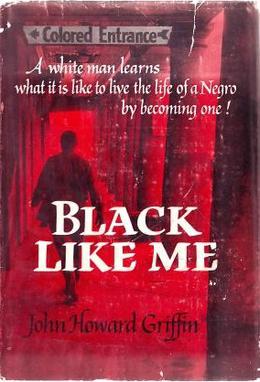
As to the presumed integrity of Griffin as a highly accomplished writer, Turley’s and Martin’s new book examines his troubling history of deception, guile and duplicity. His supposedly “brave and noble” travels through the segregated South in 1959-60 masquerading as a Black, it turns out, were put under intense scrutiny by Turley and Martin; their findings (pp. 100-104) reveal many interesting points, including the fact that Griffin’s own account stated that it took several days of preparation to achieve his “blackness” originally. Yet somehow, through practice, he became able to do the transformation in minutes.
Their analysis casts a huge cloud of doubt about whether much of Griffin’s book was simply “made up”—though that term was never used by the authors; any reader capable of a reasonable degree of deductive reasoning will get the point.
Turley and Martin also examined Griffin’s life history and found that his journalism career began as a reporter for a little-known Fort Worth magazine called Sepia, which specialized in “lewd romance stories, sexual sagas, and bawdy pictures.”

In April 1957 it published a “malicious racist smear against the newly popular singer Elvis Presley under the headline, ‘How Negroes Feel About Elvis’…The false story…deceived Black readers and promoted racial unrest.” It took the legendary B.B. King, who had known Elvis since their teen years, to unwind that lie, but by then the damage was done; the slur continues to be circulated by uninformed people even now (pp. 94-95).
Griffin was lauded by the CIA-controlled mainstream media and he suddenly became a well-known celebrity, famous for his daring to confront the entrenched segregation then prevalent across America, especially so in the South. This book shatters that image completely; for that deconstructive epiphany alone, the book is worth the sticker price.
But that is only the beginning. Griffin’s entire life story has been scrutinized by the authors and found to be riddled with anomalies and outright lies. His real “legacy” was one of prizeworthy scheming and skullduggery. The many proofs of that are documented in spades, laid bare in the kind of revealing detail which can only be understood completely through reading it first-hand.
______________
The same intensity with which they examined Griffin’s background and role in Merton’s death was also present in their investigation about the other major “co-betrayer,” Abbot James Fox. For that reason, I will avoid belaboring the point and merely refer to the content of a single excerpt:
. . . Fox’s stepping down as abbot while remaining a member of the abbey is very curious, something that is almost never done in the monastic world, for obvious reasons. Had he broken with his longstanding precedent and allowed, as Abbot Flavian did, the extended, abbey-financed flight from the coop as it were, ending in Merton’s death in Thailand, it would have looked even stranger. Or, shall we say, it might even have looked incriminating.
The fact that Fox stayed on, living in relative splendor in a custom-built home near the monastery through his “retirement,” gave him a sort of emeritus status around Gethsemani and the campus of the related Catholic Bellarmine University 50 miles away, near Louisville.
It also allowed him to exert his influence with the new Abbot, Flavian Burns, as well as Brother Patrick Hart, who was appointed to be one of Merton’s (Father Louis’s) secretaries. Brother Patrick had never actually worked directly for Merton until he left on his trip to Thailand; Br. Patrick’s own role was therefore subject to the whims of both Abbot Flavian and Abbot Emeritus James (Fox).

Arguably the most insightful comment as to James Fox’s intrinsic values was how, as a young man, he dreamed of becoming an investment banker, thus, implicitly, a multi-millionaire (i.e., the “Goldman Sachs” variety of “banker”) and, therefore, own “a couple of cars—yachts—to summer in Bar Harbor—to winter in Florida or Palm Springs.”
That reflection came from him personally, in his later years, writing to a young man pondering his future path. His choice to use those words to describe his innermost personal thoughts, to this young sinner, must have been to steer his life-path to be just like him. That it is OK to pursue wealth as the end-all goal in life, just “throw the devil to the wind.”
In other words, “The Great Gatsby” was a Saint, after all.
Through his craftiness and guile, evidently, he fulfilled his childhood wishes. He became very rich and powerful, like a Fortune 100 CEO. Enough through his life in the monastery to afford what was described as “a beautiful lodge, constructed of fieldstone and steel, electric heat, fireplace, central air, bath, glass front, lounge, overlooking miles and miles of breathtaking scenery—with some good lumber.” (pp. 20-21, 27)
That kind of wealth was, evidently, achievable to Fox when he decided to exploit the income stream he saw coming into the abbey’s bank account from Thomas (Father Louis) Merton’s tremendously popular publications. What Turley and Martin described in considerable detail summarily amounted to a graphic description of an elaborate “master/slave” relationship between Abbot Emeritus James and Father Louis.
Merton had told friends he was through, and fully intended to never return to Gethsemani. Unfortunately for Merton, to keep himself in good stead, he had signed the legal documents Fox had prepared which essentially willed to the monastery all proceeds from his books and other revenue, and complete ownership of all his other assets.
The irony of that juxtaposition requires no further elaboration, but the result does: In sum, it proves that Abbot Emeritus Fox had clearly and knowingly put himself into a huge “conflict of interest” situation which can only be described as appalling, because it means that he proceeded down a path which he knew would require him, ultimately, to act with finality and murderous intent.
That point alone would ensure that Turley and Martin’s book will hardly be received favorably by many Catholic journals but, then, that was the fate of their first book as well. Unfortunately, it also raises doubts about the dogma about monks being the extension of Jesus Christ’s eternal search for truth and justice. The embarrassment they must feel is palpable, even to the “average Joe,” and that explains why they resist acceptance of certain factual truths.

CovertAction Magazine is made possible by subscriptions, orders and donations from readers like you.
Blow the Whistle on U.S. Imperialism
Click the whistle and donate
When you donate to CovertAction Magazine, you are supporting investigative journalism. Your contributions go directly to supporting the development, production, editing, and dissemination of the Magazine.
CovertAction Magazine does not receive corporate or government sponsorship. Yet, we hold a steadfast commitment to providing compensation for writers, editorial and technical support. Your support helps facilitate this compensation as well as increase the caliber of this work.
Please make a donation by clicking on the donate logo above and enter the amount and your credit or debit card information.
CovertAction Institute, Inc. (CAI) is a 501(c)(3) non-profit organization and your gift is tax-deductible for federal income purposes. CAI’s tax-exempt ID number is 87-2461683.
We sincerely thank you for your support.
Disclaimer: The contents of this article are the sole responsibility of the author(s). CovertAction Institute, Inc. (CAI), including its Board of Directors (BD), Editorial Board (EB), Advisory Board (AB), staff, volunteers and its projects (including CovertAction Magazine) are not responsible for any inaccurate or incorrect statement in this article. This article also does not necessarily represent the views the BD, the EB, the AB, staff, volunteers, or any members of its projects.
Differing viewpoints: CAM publishes articles with differing viewpoints in an effort to nurture vibrant debate and thoughtful critical analysis. Feel free to comment on the articles in the comment section and/or send your letters to the Editors, which we will publish in the Letters column.
Copyrighted Material: This web site may contain copyrighted material the use of which has not always been specifically authorized by the copyright owner. As a not-for-profit charitable organization incorporated in the State of New York, we are making such material available in an effort to advance the understanding of humanity’s problems and hopefully to help find solutions for those problems. We believe this constitutes a ‘fair use’ of any such copyrighted material as provided for in section 107 of the US Copyright Law. You can read more about ‘fair use’ and US Copyright Law at the Legal Information Institute of Cornell Law School.
Republishing: CovertAction Magazine (CAM) grants permission to cross-post CAM articles on not-for-profit community internet sites as long as the source is acknowledged together with a hyperlink to the original CovertAction Magazine article. Also, kindly let us know at info@CovertActionMagazine.com. For publication of CAM articles in print or other forms including commercial internet sites, contact: info@CovertActionMagazine.com.
By using this site, you agree to these terms above.
About the Author

Phillip F. Nelson is the author of LBJ: The Mastermind of the JFK Assassination; Remember the Liberty! Almost Sunk by Treason on the High Seas; and Who Really Killed Martin Luther King Jr.?: The Case Against Lyndon B. Johnson and J. Edgar Hoover, among other books.
After college, a stint in the Peace Corps, and a corporate career, he began an intensive study of the JFK assassination, Johnson’s presidency, and his continuing criminal conduct.
Phillip resides Greenville, South Carolina and can be reached at philfnelson@protonmail.com.

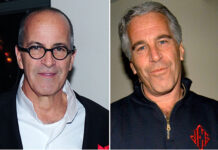
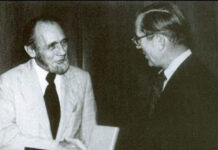
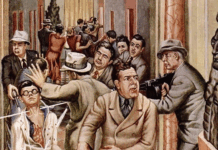

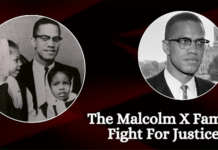
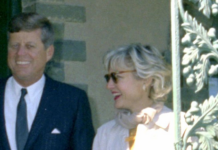
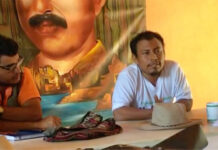
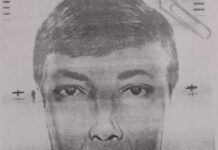
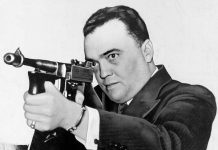

1968, LBJ was president, or was it the CIA? Both did everything to stop anyone who tried to stop them.
Another president, Lincoln, shut down those who did not sport his policies. He shut down over 300 publications because they printed opposing views. He jailed hundreds of state and federal representatives because they spoke out against him.
[…] “Famous Black Like Me author John Howard Griffin, who was recruited under CIA’s Operation Mockingbird, appears to have played an important role in the cover-up,” reports Phillip F. Nelson at CovertAction Magazine, saying the “classic book turns out to be merely a prelude for the new book” — Murder of Anti-Vietnam War Monk Thomas Merton in 1968 Was a CIA Hit Linked with Assassinations of JF…. […]
[…] https://covertactionmagazine.com/2023/03/09/murder-of-anti-vietnam-war-monk-thomas-merton-in-1968-wa… […]